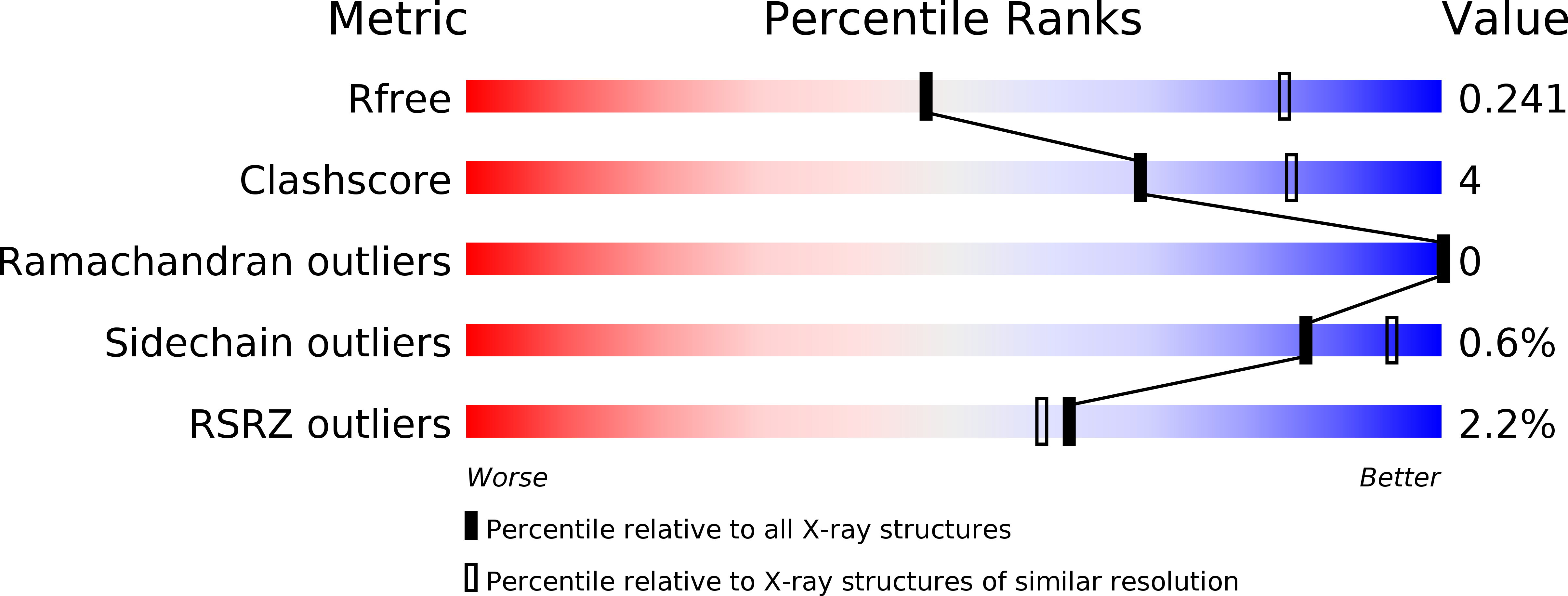
Deposition Date
2015-02-12
Release Date
2015-03-18
Last Version Date
2023-09-27
Method Details:
Experimental Method:
Resolution:
2.85 Å
R-Value Free:
0.24
R-Value Work:
0.22
Space Group:
P 2 21 21


